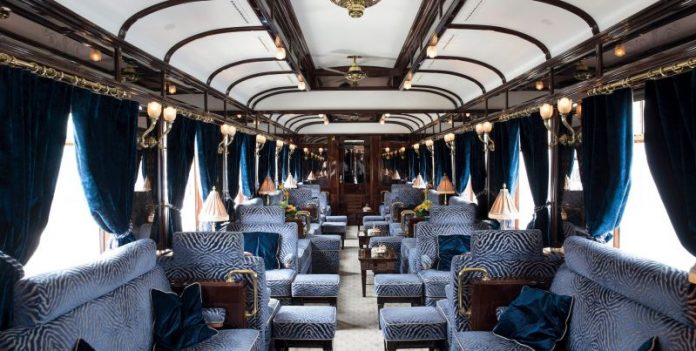by InTrieste
Italy’s state-owned railway operator, Ferrovie dello Stato Italiane, announced ambitious plans to launch a high-speed rail service linking London and Milan by 2029, directly challenging Eurostar’s dominance on the cross-Channel route.
Backed by a €1 billion investment in European services, the project is part of FS’s broader push to extend its Frecciarossa-branded high-speed trains across the continent. The proposed service would run via Paris and aims to offer travelers a faster, more luxurious alternative to existing rail and air options.
The initiative was unveiled following the signing of a memorandum of understanding between FS and Evolyn, a Spanish rail consortium, which is also preparing to enter the London-Paris corridor with its own trains by 2025.
“More competition will help to create a more efficient and customer-oriented industry,” said FS Group CEO Stefano Antonio Donnarumma in a statement, “offering a real alternative to air travel.”
The London-Milan connection could further expand with extensions to Lyon, Marseille, and additional routes within Italy, FS said. The company hopes that leveraging its expertise in high-speed rail—and the sleek, modern aesthetic of the Frecciarossa—will entice passengers accustomed to flying or taking Eurostar between European capitals.
While the announcement signals a bold expansion, it also deepens FS’s presence in the UK. The group already owns a 30 percent stake in Avanti West Coast, which operates long-distance services on Britain’s West Coast Main Line, and runs the c2c commuter rail line between London and Essex via its subsidiary Trenitalia UK.
The company also marked the resumption of its Milan-Paris high-speed line earlier this month, after a major rockfall in the French Alps shuttered the route for more than a year. Service resumed on April 1 with newly upgraded safety measures in place.
For now, the prospect of boarding a train in London and stepping off in Milan just hours later remains a promise. But if FS delivers on its 2029 target, it could usher in a new era of competition—and convenience—on Europe’s busiest travel routes.





























